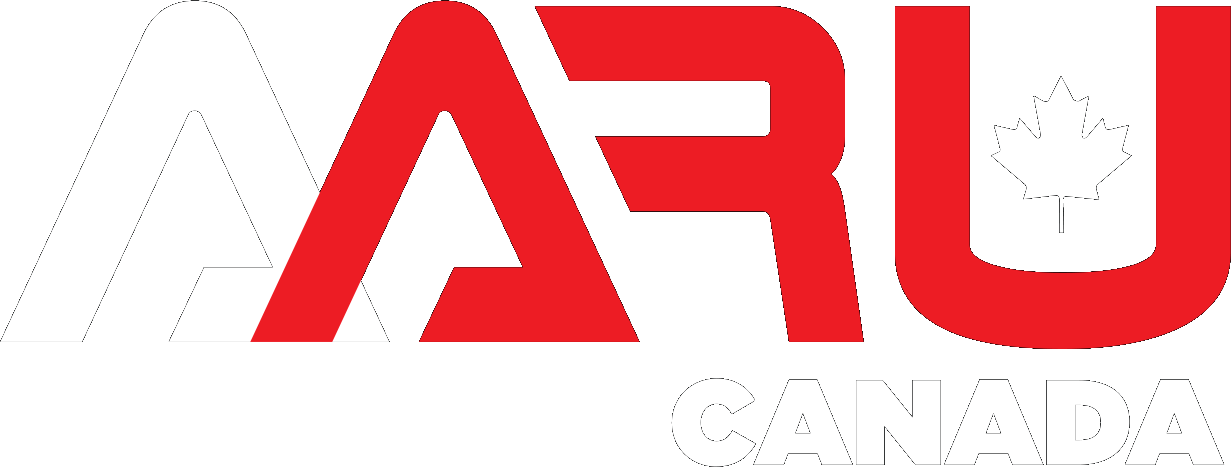The Continuous Journey of SEO – Why it’s Not a One-Time Task
In the ever-evolving digital world, few misconceptions are as prevalent as the idea of “set it and forget it” when it comes to SEO. Many business owners, especially those keen on maximizing their budget, often fall into the trap of viewing SEO as a one-time investment, akin to a grand opening event that guarantees consistent traffic. But just as the digital realm of a business requires continual nurturing and updates, so too does its SEO strategy. So, here’s a thought for all business managers and owners out there: Have you ever believed you could simply set and forget your SEO efforts? If so, it’s time for a deeper understanding of this digital cornerstone.
The Evolving Nature of Search Engines
To begin with, consider search engines like Google as ever-adapting organisms, not static machines. Their algorithms—complex formulas and processes they use to rank websites—are in a perpetual state of refinement. The aim? To ensure users get the most relevant, up-to-date, and authoritative answers to their queries. Remember the days when keyword stuffing could skyrocket a website to the top of search results? Those tactics are long gone, replaced by sophisticated algorithms that prioritize user experience and quality content.
Major updates like Google’s BERT, Panda, and Penguin have dramatically shifted the digital landscape in the past. Websites that once reigned supreme found themselves plummeting in rankings because they weren’t adhering to the updated standards of quality and relevance. And for businesses that focus on WordPress and API integrations, these shifts can profoundly impact how content is indexed and how web interactions are interpreted by search engines.
In essence, what might be a best practice today could be obsolete tomorrow. And while this might sound daunting, especially for businesses like ours that are deeply embedded in the digital landscape, it’s also an opportunity—an opportunity to continually adapt, grow, and most importantly, stay ahead of the curve.
The Competitive Landscape
Staying Ahead in a Competitive Digital World
Every day, the vast digital realm expands even further. Thousands of new websites emerge, each vying for the attention of users and aiming for the coveted top spots on search engine results. It’s not just new businesses that pose a challenge. Established competitors are in a perpetual race to refine their strategies, implementing the latest SEO tactics and refreshing their content. This dynamic environment means that even if your website holds the #1 spot today, it could easily be pushed down tomorrow by a competitor’s proactive efforts.
For businesses specializing in web design and digital marketing services, like ours, the stakes are even higher. Clients trust us to not only create visually appealing websites but also to ensure their consistent visibility in this crowded marketplace. Every tweak a competitor makes—be it adding a blog, optimizing for a new keyword, or enhancing website speed—affects the intricate web of search rankings. Hence, a proactive, informed, and adaptive approach isn’t just recommended; it’s essential for survival and success.
Changing User Behavior and Trends
In the digital age, change is the only constant, especially when it comes to how users interact with search engines. Remember the days when short, generic keywords dominated search queries? Today, with advancements in technology and changes in user behavior, the trend leans more towards long-tail keywords, conversational queries, and even voice searches. Devices like Alexa, Siri, and Google Home are revolutionizing the way people fetch information, emphasizing the need for websites to adapt their SEO strategies accordingly.
For businesses operating in today’s digital age, regardless of their industry or niche, understanding technological and behavioral shifts is essential. As trends like voice search become more prevalent, the emphasis increasingly leans towards delivering content in a natural, user-friendly manner, ensuring it addresses the specific queries and needs of the audience.
Beyond technologies, even global events or cultural shifts can affect search habits. A sudden event could lead to spikes in specific queries, or a cultural trend might spawn a whole new set of keywords. Staying updated, conducting constant research, and being ready to pivot are no longer just strategies for success—they’re necessities. In this era, adaptation is the name of the game, and only those willing to evolve will thrive.
Fresh Content = Engagement + Rankings
Harnessing the Power of Current Content
In a digital world saturated with information, staying relevant and fresh is paramount. Regularly updating your website isn’t just about keeping up with design trends; it’s about ensuring you’re continuously serving valuable content to your audience. Think of your website as a magazine. Would readers be interested in buying an issue that has the same articles month after month?
Beyond user engagement, search engines, especially Google, prioritize fresh, relevant content. Websites that regularly update their content, be it blog posts, new product listings, or even revising old pages, signal to search engines that they are current and active. In the grand chessboard of SEO, this can significantly influence rankings.
Content marketing, combined with consistent user engagement strategies, is more than just an SEO tactic. It’s a commitment, a commitment to provide value, to stay relevant, and most importantly, to keep your audience engaged and coming back for more.
Technical Aspects and Health of Website
The Backbone of a Stellar Web Experience
While content might be the heart of a website, its technical foundation is undoubtedly the backbone. In the intricate ballet of SEO, technical aspects play a pivotal role. For starters, site speed is more than just a convenience feature. In today’s fast-paced digital age, users expect websites to load swiftly. A delay of even a few seconds can lead to potential customers navigating away, resulting in lost opportunities.
Similarly, with an ever-increasing number of users accessing websites via mobile devices, mobile optimization isn’t just an added bonus—it’s a necessity. A responsive design ensures that users have a seamless experience, regardless of the device they use.
Security, too, is paramount. Secure Sockets Layer (SSL) certificates, symbolized by the ‘https’ in web addresses, are crucial for protecting user data. Beyond that, they also play a role in SEO rankings, with search engines favoring secure sites.
Lastly, think of regular site audits as health check-ups for your website. These audits detect any potential issues, from broken links to errors that might hinder user experience or SEO rankings. Regularly identifying and rectifying these issues ensures your website runs smoothly and remains in optimal health.
In the realm of digital marketing, web design, and API integrations, maintaining the technical health of a website is as vital as the content it houses. After all, what use is stellar content if the platform it resides on is subpar?
Backlinks and Off-page SEO
Navigating the Web’s Interconnected Ecosystem
Imagine the internet as a vast, interconnected ecosystem, a sprawling forest where websites are trees. Some trees are towering giants, others are just saplings, but all are connected in some way. In this forest, backlinks are the roots that intertwine and anchor trees, giving them strength and authority.
Backlinks, essentially, are links from one website to another. Their importance in the realm of SEO cannot be overstated. They act as endorsements, signaling to search engines that other sites find your content valuable and authoritative. However, not all backlinks are created equal. A backlink from a well-regarded, authoritative site (a towering tree in our forest analogy) carries far more weight than numerous links from lesser-known sites.
But, like any ecosystem, the health of its inhabitants matters. Backlinks from questionable or irrelevant sites can negatively impact your site’s SEO ranking. This is why maintaining a healthy backlink profile is crucial. Regularly monitoring and updating this profile, ensuring that your site is linked with reputable and relevant domains, is an ongoing task but one of immense value.
Real-Life Example: Consider the case of a local business, let’s say “Kingston Web Solutions.” They noticed a significant drop in their website’s ranking despite having great content and on-page SEO. Upon inspection, it was found that they had numerous backlinks from irrelevant and spammy websites. After undergoing a thorough backlink cleanup and focusing on gaining authoritative backlinks, their rankings improved dramatically.
The Ongoing Odyssey of SEO
As we navigate the intricacies of SEO, one thing becomes abundantly clear: it’s not a destination but a continuous journey. From evolving search engine algorithms and competitive landscapes to shifting user behaviors and technical intricacies, the digital realm is in constant flux. Neglecting any aspect of SEO, be it content freshness, backlink health, or technical optimization, can lead to dwindling online visibility, lost opportunities, and business growth stagnation.
If there’s one takeaway from our exploration, it’s the undeniable value of proactive, informed, and adaptable SEO strategies. So, as you contemplate your digital journey, we urge you to ask: Is your SEO strategy equipped for the road ahead? If uncertainty looms, remember, seasoned guides (like us) are here to assist, ensuring your path is clear, rewarding, and ever-ascending.






